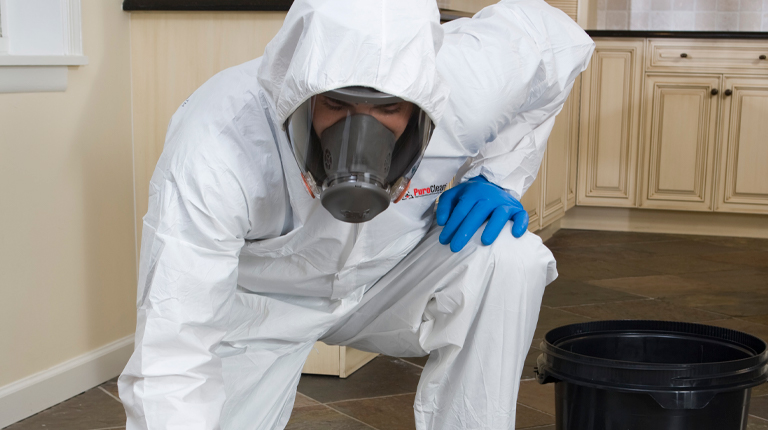Table of Contents
Biohazards are an ever-present concern in our modern world. These hazardous biological substances, organisms, and conditions can have severe implications for human health and the environment. In this blog post, we will explore the causes of biohazards and delve into their potential consequences.
By understanding these risks, we can take proactive measures to mitigate them and protect ourselves and our surroundings.
Types of Biohazards:
- Infectious Diseases:
One of the primary causes of biohazards is infectious diseases caused by pathogenic microorganisms. Bacteria, viruses, fungi, and parasites can transmit diseases such as respiratory infections, sexually transmitted diseases, and gastrointestinal illnesses. Poor hygiene practices, inadequate sanitation, and close contact with infected individuals contribute to the spread of these diseases. - Biological Toxins:
Certain organisms possess natural defense mechanisms in the form of biological toxins. Venomous snakes, poisonous plants, and bacteria like Clostridium botulinum produce toxins that can be harmful or even fatal when exposed to humans. Accidental encounters or mishandling of these organisms can lead to significant health risks. - Toxins: Nature’s Dark Side Nature has its own arsenal of toxins, which can pose serious biohazard risks. Venomous creatures such as snakes, spiders, and marine animals produce toxins that can be harmful or lethal to humans. Additionally, certain bacteria and plants release toxins that can cause severe health problems. Awareness and precautionary measures are vital to minimize the risks associated with these natural biohazards.
- Improper Medical Waste Disposal:
The improper disposal of medical waste poses a significant biohazard risk. Used needles, contaminated instruments, and expired medications, when not handled and disposed of correctly, can contribute to the spread of infections. Adequate waste management systems and adherence to disposal protocols are vital to mitigate this risk. - Laboratories and Research Facilities:
Laboratories working with dangerous pathogens or conducting genetic engineering experiments are potential sources of biohazards. Accidental releases or breaches in containment can result in the unintended spread of hazardous biological agents. Strict adherence to safety protocols, robust containment systems, and regular inspections are crucial to minimizing these risks. - Animal or Insect Bites:
Animal bites or stings from insects can transmit various diseases, posing biohazard risks. Venomous snakes, rabid animals, mosquitoes carrying diseases like malaria or dengue fever, or ticks transmitting Lyme disease are examples of biohazard sources. Awareness, preventive measures, and seeking medical attention when necessary are important for mitigating these risks. - Contaminated Water and Food:
Water sources contaminated with harmful microorganisms or food contaminated with bacteria, viruses, or toxins can cause waterborne or foodborne illnesses. Inadequate sanitation, improper food handling, and compromised water supply systems can contribute to these biohazards. Ensuring safe water sources, practicing proper food hygiene, and implementing robust food safety regulations are essential preventive measures. - Environmental Spills:
Accidental spills or mishandling of hazardous biological materials can occur during transportation, industrial accidents, or natural disasters. Blood, bodily fluids, or chemicals can pose significant risks to human health and ecosystems if not contained properly. Prompt response, effective cleanup procedures, and adherence to safety guidelines are crucial in minimizing the impact of such incidents.


CONCLUSION
Biohazards are multifaceted threats that can significantly impact human health and the environment. Understanding the causes empowers us to take proactive steps in prevention and mitigation. By promoting proper waste management, practicing good hygiene, following safety protocols, and implementing preventive measures, we can reduce the risks associated with biohazards. By collectively addressing these challenges, we can create a safer and healthier world for ourselves and future generations. From practicing good hygiene and implementing proper waste management systems to promoting safety protocols in laboratories and raising awareness about biohazards in wildlife and food sources, we can collectively mitigate the risks associated with these invisible dangers. Let us remain vigilant, educate ourselves and others, and work towards creating a safer, healthier future. Puroclean Home Savers Experts helps homes, schools, offices and organization affected by Biohazards. We are always available 24/7 to serve you. Call us on 614-689-0012.

